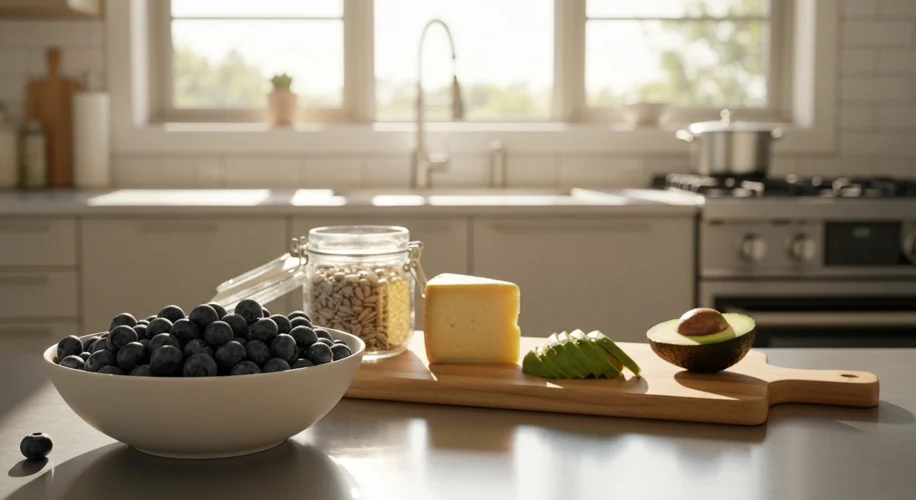Today is August 26, 2025, and it’s time we talk about something that’s quietly becoming a big concern: microplastics.
Health experts are raising alarms about a “grave danger” that’s lingering in our everyday lives, and frankly, it’s incumbent on us to pay attention. Microplastics aren’t just out there in the oceans; they’re right here, in our homes, and potentially in our bodies.
Did you know that these tiny plastic particles, smaller than a grain of rice, are now found everywhere? From the deepest oceans to the air we breathe, they’ve become a pervasive part of our environment. But what does this mean for us, especially in the places we feel most secure, like our kitchens?
It turns out, microplastics are hiding in plain sight in many common kitchen items. Let’s break down a few places where they might be lurking:
- Plastic Food Containers: Every time you heat food in a plastic container, especially if it’s scratched or old, tiny plastic particles can break off and contaminate your food.
- Plastic Cutting Boards: Over time, especially when using knives, plastic cutting boards can shed microplastic particles. Even seemingly smooth surfaces wear down.
- Tea Bags: Many popular tea bags are made with plastic to seal them. When you steep your tea, these plastics can release billions of microplastic particles into your drink.
- Plastic Wraps: When plastic wrap comes into contact with fatty foods, studies suggest it can transfer microplastics. Even the act of stretching and handling the wrap can release particles.
- Synthetic Sponges and Dishcloths: These everyday cleaning tools are made from plastics like polyester and nylon. Every wash and scrub releases microfibers, which can end up in our food or water systems.
- Bottled Water: While we often reach for bottled water as a convenience, research has shown that bottled water can contain significantly higher levels of microplastics compared to tap water.
- Kettle Linings and Coffee Machines: Many appliances use plastic components that can degrade over time, potentially leaching microplastics into the water or beverages they prepare.
Why does this matter? The science is still evolving, but emerging research is cause for concern. Chronic exposure to microplastics has been linked to impairments in the blood-brain barrier and damage to neurons in some studies. While the long-term health effects are still being investigated, the sheer ubiquity of these particles means we’re constantly being exposed.
This isn’t about creating panic, but about being informed. As a scientist specializing in environmental science, I’m passionate about understanding how our environment impacts our health. The presence of microplastics in our kitchens highlights how interconnected our lives are with even the most pervasive environmental challenges.
It is incumbent on us to act. Simple changes can make a difference:
- Opt for glass or stainless steel containers for food storage and heating.
- Switch to wooden or bamboo cutting boards and maintain them properly.
- Choose loose-leaf tea or paper tea bags to avoid plastic seals.
- Use reusable cloths or natural fiber sponges instead of synthetic ones.
- Filter your tap water if you’re concerned about microplastics.
By making conscious choices, we can reduce our exposure and contribute to a healthier home and a healthier planet. Let’s prioritize our well-being by being mindful of the unseen invaders in our daily lives.

